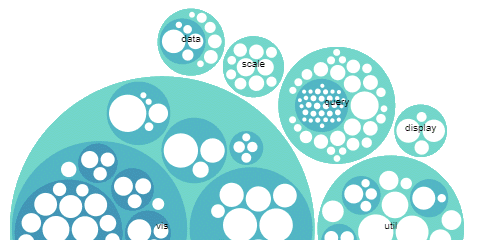Chart Components
Gramex has a collection of pre-defined chart components that work well with any data structure.
By selecting and configuring your chart, you can export a code snippet such as the one alongside.
When you insert this to your HTML, renders the chart using the data you specify. The data is typically drawn from one of the APIs above.
<div class="chart"></div>
<script>
draw({url: 'https://...chart-url.json', chart, {fontSize: '10'})
</script>
